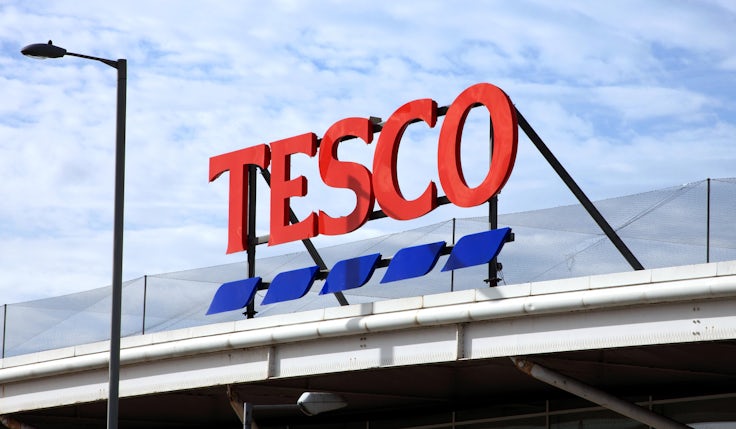Peloton, M&S and Amazon among top digital ad spenders in 2021
Amazon became the UK’s top advertiser by spend in 2021, overtaking Procter & Gamble and Sky, who came in second and third respectively.
 Peloton was the UK’s top spender on digital display advertising last year, according to the latest data from Nielsen Ad Intel, as the media channel goes “from strength to strength”.
Peloton was the UK’s top spender on digital display advertising last year, according to the latest data from Nielsen Ad Intel, as the media channel goes “from strength to strength”.
Amazon was the second highest spender on digital display, followed by Ebay, Hello Fresh and Marks & Spencer. The latter is the only brand in the top five to make the majority of its sales through physical retail sales, while Peloton, Amazon, Ebay and Hello Fresh are considered digital-first brands.
While digital display’s overall ad spend for the year was not reported by Nielsen due to changes in methodology, the analytics firm said it had experienced “significant growth” over 2021. Entertainment and leisure, computing and finance continue to lead in the space, with a combined revenue of over £1bn.
Digital display does not include search advertising and paid social media advertising. Social media spend hit £1.1bn on Facebook, Instagram and Twitter in the fourth quarter alone.
Overall, Nielsen recorded a 20% lift in all ad spend last year, following a 17% decline in 2020. The categories with the most significant spend increases were computing, retail, travel and transport, entertainment and leisure, and finance.
Amazon became the UK’s top advertiser by spend, overtaking Procter & Gamble (P&G) and Sky, who came in second and third respectively.
Traditional media rankings
Media ad spend across TV, radio, press, cinema and outdoor recovered to £8.48bn in 2021. However, it still lags behind 2019’s £9bn.
TV was a standout performer among traditional channels. Ad spend was up 26.1% to £5.5bn, a high since 2013.
FMCG giant P&G was the top TV spender over the year, followed by Sky, Unilever, Reckitt and Amazon.
According to Nielsen, TV’s boost in spend is “no surprise”, as the firm’s 2021 Trust in Advertising Survey found television was one of the most trusted sources of advertising messages. Some 62% of respondents trust TV product placement somewhat or completely, and 59% say they will sometimes or always take action after being exposed to TV advertising.
Radio recorded a similarly high level of growth at 21%, with HM Government, Camelot Group, McDonald’s, Sky and Tesco leading the way on the channel.
Five trends that will reshape media in 2022
Outdoor advertising had a “good” year, with spend levels at £1.2bn as McDonald’s, Public Health England, Sky, Tesco and Coca-Cola GB invested heavily in the channel.
Cinema also witnessed double digit growth, with ad spend nearly doubled compared to 2020. However, it is still well off its pre-pandemic level of nearly £300m, Nielsen says. The big screen’s top spenders last year were Google, Amazon, Sky, McDonald’s and Tiffany & Co.
Growth across these four channels was not enough to offset continued decline in press advertising spend. Nevertheless, Public Health England, Sainsbury’s, Tesco, HM Government and Sky continued to invest in the channel.
Commenting on the findings, Nielsen’s commercial director Barney Farmer says the rebound in the UK’s media economy last year was “impressive” given the pull back in 2020.
“All media channels unsurprisingly experienced an uptick, but the increases were significant. TV and radio’s impressive performance is evidence that these channels of advertising remain a cornerstone of overall media plans for advertisers and the confidence in their ability to reach audiences and deliver value,” he says.
Next year, Nielsen expects traditional advertising channels to continue as trusted mediums for consumers.
“However, the continued explosion of digital advertising, including paid social media and influencer marketing, continues to really impact what we purchase and consume,” Farmer concludes.







